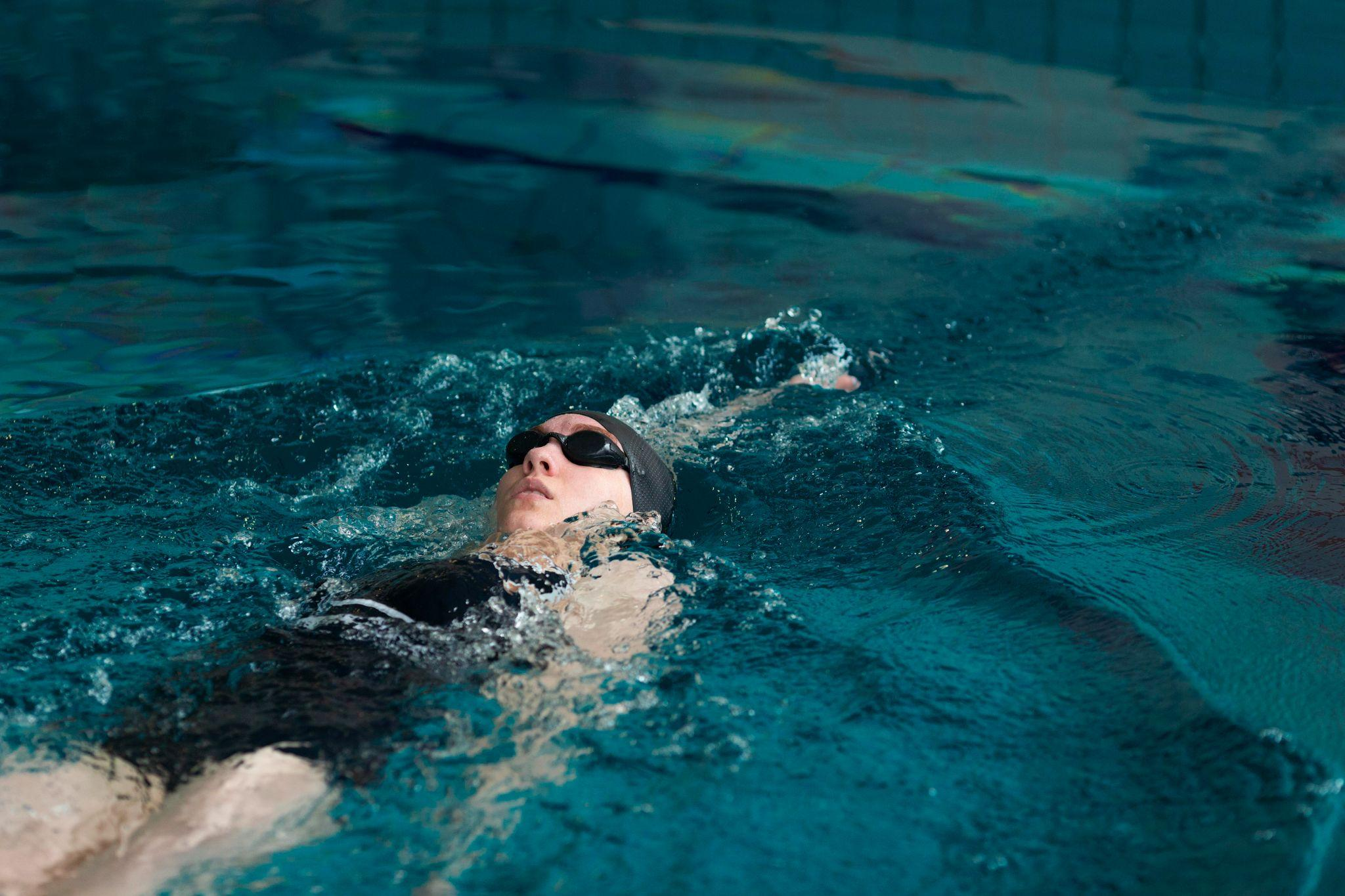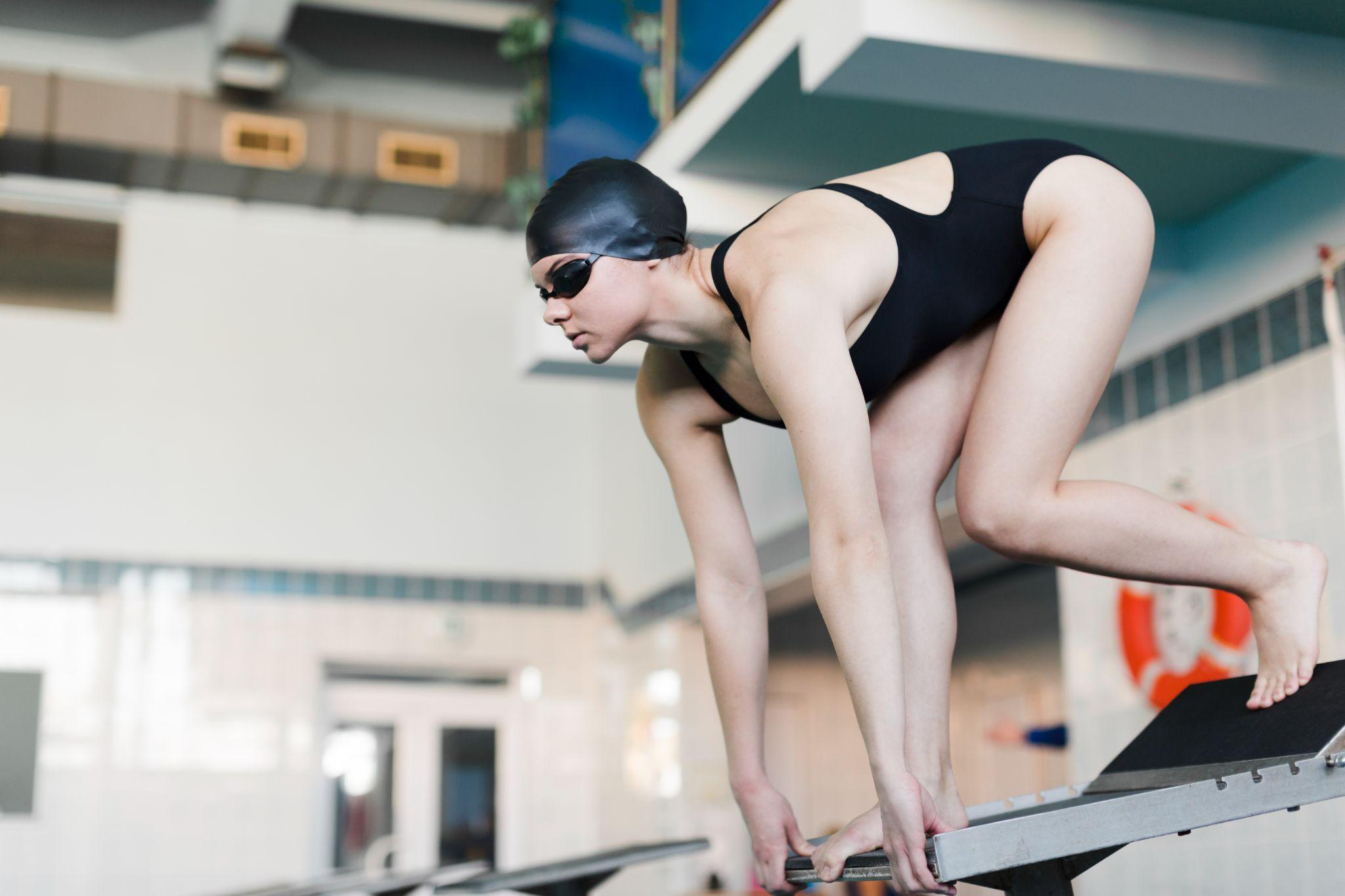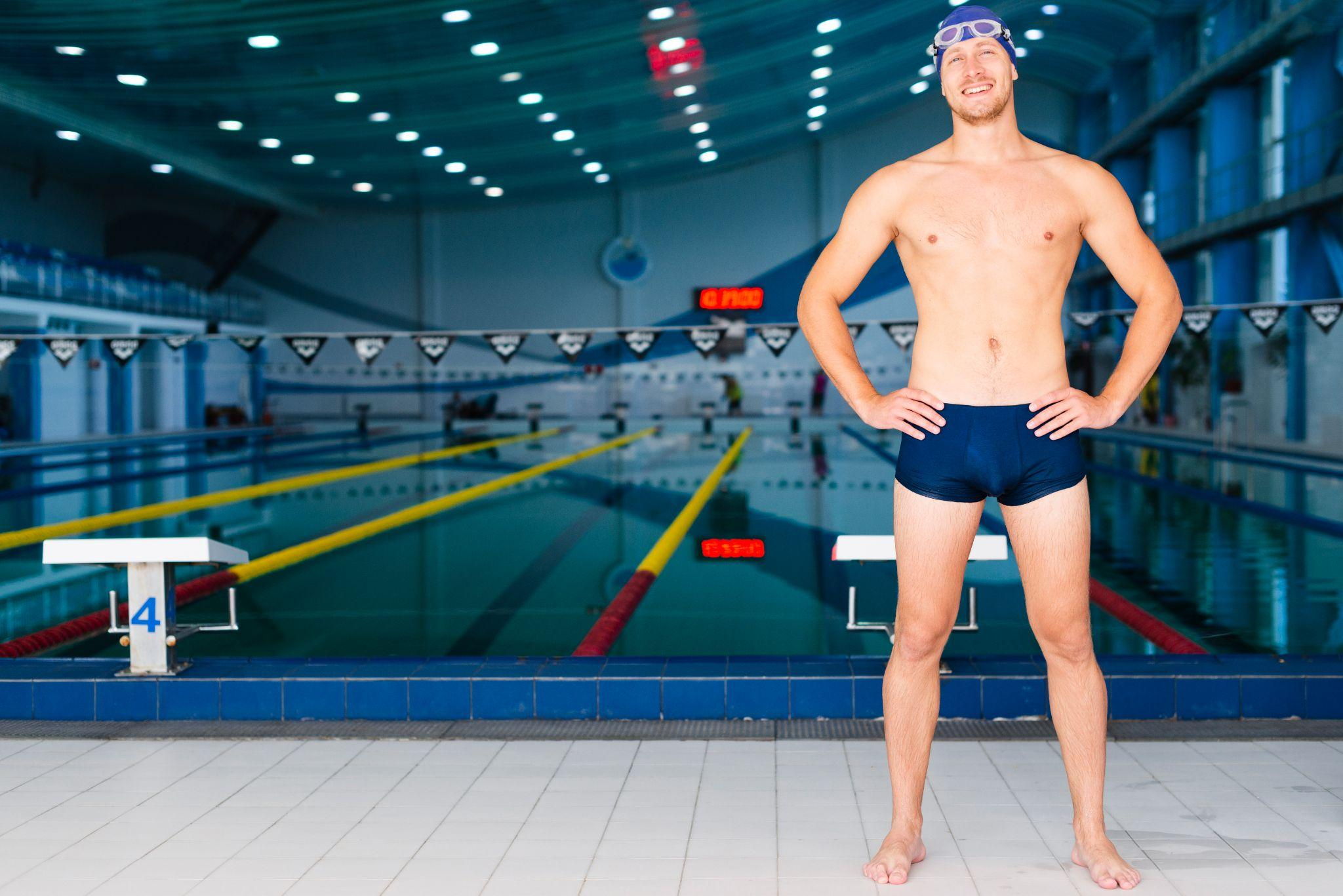Designing Swimwear for Competitive Swimming: What Matters Most

In competitive swimming, every fraction of a second counts. The right suit can reduce drag, support key muscle groups, and improve a swimmer’s overall speed and endurance. From hydrodynamic fit to targeted compression and advanced professional swim fabrics, every element is engineered with the athlete in mind.
Lefty Production Co., a top-tier clothing manufacturer based in Los Angeles, leads in competitive swimwear design for brands that cater to athletes and performance-focused consumers. As an apparel manufacturing partner, Lefty Production Co. focuses on swimwear, activewear, and athleisure styles, manufacturing apparel for women’s wear, men’s wear, and children’s wear.
While many retail labels look to fashion, performance-based designs prioritize science. And when it comes to competitive swimwear design, every stitch matters, from fabric selection to compression strategy. This blog takes a detailed look at what defines performance swimwear for athletes and how these elements impact real-world performance.
Drag Reduction Comes First
In racing, every millisecond matters. Water resistance—or drag—can make or break a swimmer’s time. The top priority in competitive swimwear design, as seen in Olympic-level suits, is minimizing drag.
Lefty Production Co. understands that reducing friction between the swimmer and water starts with fabric texture. Materials are engineered with fine yarns and a smooth, tightly woven surface. These professional swim fabrics create a second-skin effect, helping water glide off the body. Some designs also incorporate surface features that mimic sharkskin—textured ridges that channel water flow and reduce turbulence.
The structure of the suit also matters. Seams are minimized, bonded, or ultrasonically welded to reduce disruption in water flow. This reduces drag further, making suits not just sleek but hydrodynamic in structure.
Compression Zones Improve Muscle Performance

Another cornerstone of competitive swimwear design is compression. High-level swimwear strategically compresses major muscle groups to reduce fatigue and improve blood flow. Compression also reduces vibration in the muscles, which can lead to better muscle efficiency and reduced lactic acid buildup.
Modern suits use zonal compression rather than uniform tightness. This allows for more flexibility where needed—such as around joints—while still supporting large muscle groups like the quadriceps, glutes, and shoulders. In freestyle, butterfly, and backstroke, the hip flexors and shoulders bear heavy loads. A compression-mapped suit supports these areas while allowing a full range of motion.
Lefty Production Co. sources professional swim fabrics that maintain consistent compression even when wet, an important factor since some low-quality fabrics lose their tightness in the pool.
Hydrodynamic Fit Gives Swimmers a Competitive Edge
Fit isn't just about aesthetics. A hydrodynamic fit is engineered to align with the body’s shape in motion. Competitive swimmers don’t want extra fabric, sagging seams, or water pooling inside their suits. These problems slow swimmers down.
Lefty Production Co. prioritizes patternmaking based on movement analysis. The body isn’t static during competition, and fabrics stretch differently in water than on land. Using 4-way stretch materials that provide tight compression without restricting mobility is critical.
Modern hydrodynamic fit designs may rise higher on the chest or extend further on the thighs. Full-body tech suits are still favored in many pro circles, while mid-thigh and jam-style cuts dominate among male athletes due to reduced surface drag and better range of motion.
Durability and Chlorine Resistance

Competitive athletes spend hours in pools that are chemically treated. Chlorine degrades fabric, causing it to lose elasticity and structure. For this reason, professional swim fabrics must be both chlorine- and UV-resistant.
Fabrics like PBT (polybutylene terephthalate) or specially treated polyester blends offer strong resistance while maintaining shape and compression over repeated use. Lefty Production Co. helps clients select long-lasting materials ideal for long training seasons and meets.
Durability is also tested at the seams. Reinforced bonding methods and quality stitching techniques prevent premature breakdown, even in high-friction zones like the inner thigh or underarm area.
Athlete Swimwear Needs
Athletes push their bodies to the limit. Their athlete swimwear needs are specific: the suit must be lightweight, quick-drying, breathable, and structurally supportive. Above all, it must never distract during training or competition.
Ventilation panels, stretch zones, and quick-release designs are some ways designers accommodate these needs. For swimmers transitioning from warm-up to race quickly, time matters. A suit that is hard to put on or remove adds stress.
Lefty Production Co. supports these needs by integrating easy-wear panels, ergonomic cuts, and advanced pattern layouts to maintain body alignment and postural control in the water.
Gender-Specific Design Considerations

Competitive swimwear design varies based on body type and gender-specific performance needs. Women’s suits often use higher chest compression and full-body coverage for streamlining, while men’s designs tend to focus on leg support and minimal surface area.
Seam placement and waist heights are also adjusted to reduce movement restriction without compromising compression. Patterning for women’s hydrodynamic fit includes bust support and anti-drag shaping through the torso and thighs. For men, fabric support across the glutes and thighs is prioritized.
Lefty Production Co. takes these anatomical and performance variations into account when manufacturing women’s wear, men’s wear, and children’s wear for competitive swim markets.
Technology Integration in Modern Swimwear
Recent advancements include fabric coatings that repel water, heat-bonded seams for seamless comfort, and nano-structured finishes. Some elite-level suits even require FINA approval and go through rigorous performance tests.
For brands looking to stand out in the market, investing in tech-driven designs is a game-changer. Compression fabrics with 3D stretch memory, chlorine-repellent nanotechnology, and ultralight water-shedding surfaces are examples of what’s possible through advanced apparel manufacturing.
Lefty Production Co. works with performance-driven brands to implement these materials and construction methods into professional swim lines.
Lefty Production Co.: A Competitive Swimwear Manufacturing Partner
For brands developing performance gear for athletes, Lefty Production Co. offers full-service swimwear manufacturing, backed by expert guidance in competitive swimwear design and professional swim fabrics. As a women’s clothing manufacturer, men’s clothing manufacturer, and children’s wear manufacturer in Los Angeles, the company is trusted by top-tier performance brands across industries.
Whether the project focuses on activewear manufacturing, athleisure wear manufacturing, or custom swimwear & bikini manufacturing, Lefty Production Co. delivers quality, performance, and precision.
Interested brands are invited to schedule an appointment or reach out to Lefty Production Co. to discuss their performance swimwear needs and receive expert manufacturing support.











